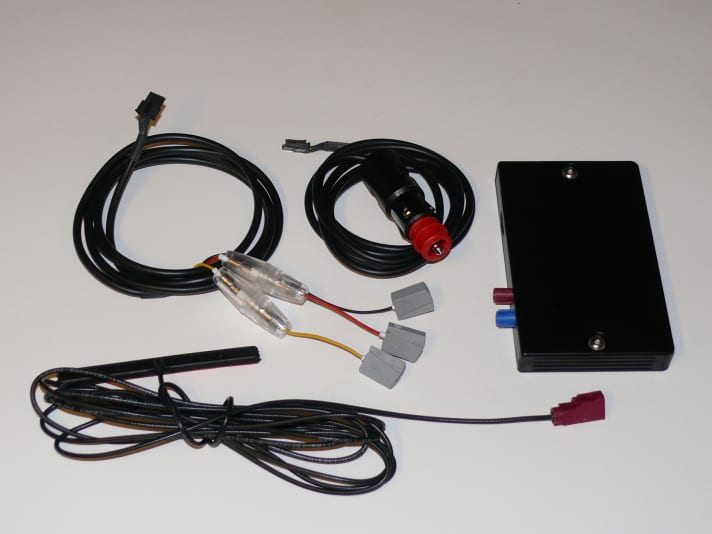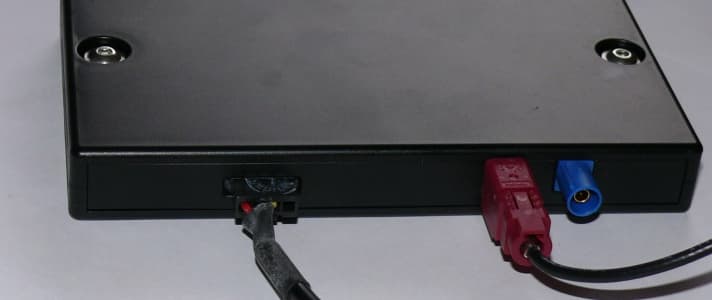
Prepaid cards for pure data traffic via UMTS are now so cheap from local providers that many skippers favour them over slow and often limited public Wi-Fi. This makes you more independent and gives you access to the latest weather forecasts at all times - even at anchor or in coastal waters. You can do this with a USB UMTS stick on your computer, and netbooks or tablets often even have a UMTS modem built in. However, only one device can access the network at a time, and swapping the SIM card is usually a fiddly process.
A UMTS router makes access much more convenient. We were able to test such a device, the Wi2U from the manufacturer Lesswire, on board. The device connects to the Internet via UMTS and provides a private Wi-Fi connection for the end devices. Several crew members can surf at the same time via the central SIM card. As most devices today have built-in Wi-Fi, no additional hardware or cabling is required. This is particularly beneficial where a UMTS mobile phone network only has a weak signal. The window antenna supplied with the Wi2U already provides significantly better reception than most UMTS sticks, and an outdoor UMTS antenna for yachts can be easily connected to the router. The mobile devices still remain wireless.

The Wi2U's Wi-Fi works according to the 802.11bg standard, with a maximum speed of 54 MBit available between the devices on board. The private Wi-Fi is protected against unauthorised access by the WPA and WPA2 encryption methods. A maximum of eight users can be online at the same time. It doesn't matter whether they are computers, smartphones or other network devices: the connection also works with modern, Wi-Fi-enabled chart plotters.

Contact with the outside world is made via the UMTS network with a maximum of 7.2 MBit. If this is not available, the slower GSM is used. The preferred connection and automatic switch-back can be configured manually. There are no restrictions in terms of content; web radio and Internet telephony (VoIP) also work - provided the network operator allows this. Power can be supplied either via a 12-volt socket or with a direct connection to the vehicle electrical system; cables for both variants are included. The device also works on 24 volts. Installation is easy even for non-experts: plug in the power supply, insert the SIM card into the device, access the configuration page via browser and enter the PIN - and that's it. All questions are answered by the built-in help function.
A GPS receiver is built in, but is not intended for navigating the boat. Instead, it is used to display your location on sites such as Google Maps, and the Wi2U can also send e-mails with your position to predetermined addresses, for example when switching on the power supply.
The Wi2U costs around 350 euros.
Proof of dealer under http://www.lesswire.com
